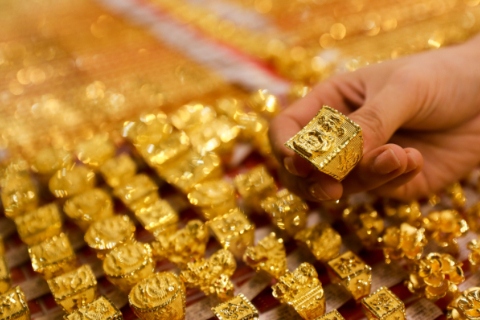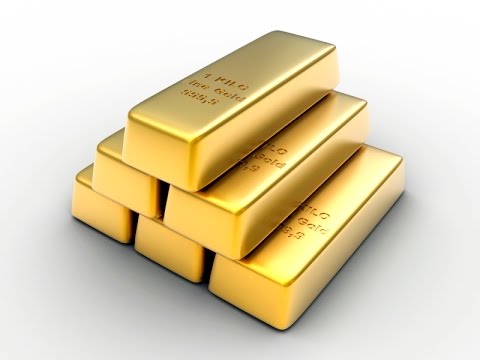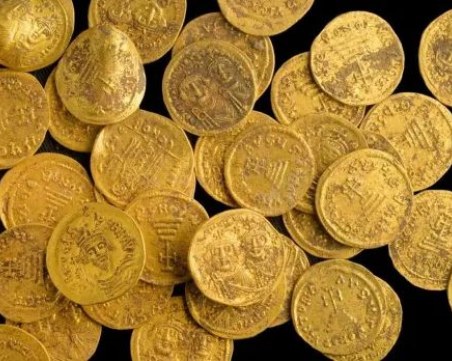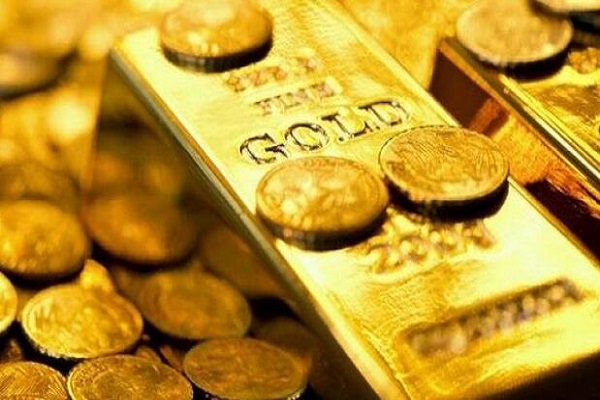Gold has been a treasured asset in Pakistan for centuries, serving as a means of investment, a cultural emblem, and a sign of wealth. The fluctuating rates of gold in Pakistan impact not only investors but also the common people who save and invest in gold jewelry. Understanding the factors that drive these rates and the possible future trends is crucial for those considering gold as an investment.
1. Understanding the Value of Gold in Pakistan

A Precious Metal with Cultural and Economic Importance
Gold holds a special place in Pakistani culture, often gifted during weddings, festivals, and other celebrations. However, gold’s significance is not just symbolic—it’s also economic. The demand for gold in Pakistan as a safe investment has remained steady for decades, driven by a general mistrust in currency value stability and limited access to other investment avenues.
2. Factors Affecting Gold Rates in Pakistan

Global Gold Prices
The foremost factor influencing gold rates in Pakistan is the price of gold in international markets. Since gold is a globally traded commodity, any fluctuation in the international market affects its rate in Pakistan. Key global factors like changes in the U.S. dollar’s value, inflation rates, and geopolitical uncertainties can cause gold prices to rise or fall.
Exchange Rate Fluctuations
The U.S. dollar exchange rate significantly impacts gold rates in Pakistan. A depreciating Pakistani rupee against the dollar leads to higher gold prices domestically, as gold is usually imported. Therefore, any instability in the currency exchange rate tends to reflect directly in the local gold market.
Economic Conditions in Pakistan
The economic situation within Pakistan also affects gold rates. Inflation, rising cost of living, and lower savings rates often lead to increased interest in gold as an investment. During economic downturns, gold often becomes a preferred asset for securing wealth, further driving demand and prices up.
Demand and Supply Dynamics
The local demand and supply of gold also play a role in price determination. During wedding seasons and festivals, the demand for gold jewelry spikes, pushing rates higher. Conversely, during periods of reduced demand, prices may stabilize or decrease slightly, though this effect is often temporary.
3. Current Trends in Gold Rates in Pakistan

Recent Rise in Gold Prices
In recent years, the trend has shown a steady increase in gold rates in Pakistan. This rise aligns with global trends, where economic uncertainties and inflation fears have driven more investors to gold. As of the latest figures, gold rates have been fluctuating within a high range, reflecting international pressures and local economic constraints.
COVID-19 Pandemic and its Impact on Gold Rates
The COVID-19 pandemic created a unique situation where gold rates surged to record highs. With global markets in turmoil and economies around the world facing severe contractions, gold became a safe haven for investors. Pakistan saw a similar trend, with people investing heavily in gold, anticipating it to be a reliable store of value in uncertain times.
4. Future Outlook: What Lies Ahead for Gold Rates in Pakistan?

Continued Demand for Gold as a Safe Investment
Given Pakistan’s current economic climate, it is likely that the demand for gold will remain high. Inflation and currency depreciation are expected to continue in the short term, which will likely keep gold rates elevated. Investors in Pakistan view gold as a hedge against financial uncertainties, and this trend is expected to persist.
Possible Stabilization in Gold Prices
While high demand is expected to continue, there could be a stabilization in gold rates if the rupee strengthens or if inflation is brought under control. Additionally, if international gold prices stabilize, local rates in Pakistan may experience less volatility. However, these factors depend heavily on broader economic policies and global market conditions.
Role of Central Banks and Monetary Policy
Central banks around the world are continuously adjusting their policies in response to inflation and currency fluctuations. Any shift in global monetary policies, especially by the Federal Reserve, could impact gold rates. Pakistan, like other economies, would feel the ripple effect, which might either push gold rates higher or bring about some level of stabilization.
5. Investing in Gold: Is Now the Right Time?

Consider the Market Dynamics
For those considering an investment in gold, it is important to understand the current market dynamics. As gold rates remain high, there is potential for returns if the upward trend continues. However, potential investors should be cautious and consider the economic conditions and factors affecting future rates before making substantial investments.
Gold as a Hedge Against Inflation
Gold has long been considered a hedge against inflation, making it an appealing option during times of rising prices and uncertain economic conditions. With inflationary pressures likely to persist in Pakistan, investing in gold could be a wise move for those looking to preserve the value of their wealth.
Physical vs. Digital Gold Investments
Investors today have more options than ever when it comes to investing in gold. While purchasing physical gold remains popular, digital gold and gold-backed securities are gaining traction. Digital gold provides the convenience of holding gold without physical storage concerns, making it an attractive option for modern investors.
6. Conclusion: The Future of Gold Rates in Pakistan

Gold rates in Pakistan are influenced by a variety of global and local factors. As economic uncertainties and inflation continue to shape the market, the demand for gold as a safe investment remains high. Prospective investors should stay informed about the economic landscape and assess the potential of gold as part of their overall investment strategy. While no one can predict with complete certainty, understanding the trends and factors affecting gold rates in Pakistan can help individuals make more informed decisions about their investments.
Gold will likely remain an essential component of Pakistan’s economic and cultural landscape, serving as both a symbol of wealth and a tool for financial security in uncertain times.



